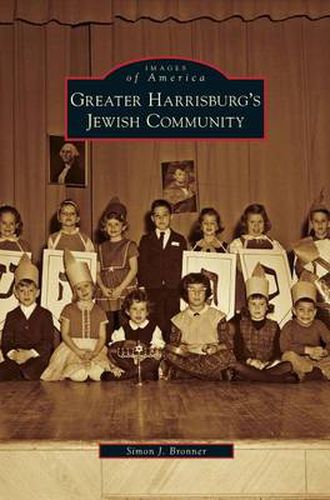This title is printed to order. This book may have been self-published. If so, we cannot guarantee the quality of the content. In the main most books will have gone through the editing process however some may not. We therefore suggest that you be aware of this before ordering this book. If in doubt check either the author or publisher’s details as we are unable to accept any returns unless they are faulty. Please contact us if you have any questions.
The Jewish community of Greater Harrisburg became established after 1825, mostly by German immigrants who took up peddling and clothing trades. They were attracted inland from East Coast cities to Harrisburg, the growing upriver hub of trade that became Pennsylvania s state capital in 1812. The community grew to 600 residents by the end of the 19th century and drew attention for a level of civic engagement well beyond that of comparably sized settlements. Immigration from eastern Europe in the early 20th century contributed to a tenfold increase of the Jewish population and a changing ethnic and commercial profile. In the years that followed, the community added an impressive range of institutions and continued to have a reputation for activism. Emerging as the hub of Jewish life in central Pennsylvania, the community produced internationally renowned figures in Jewish affairs, business, and arts.





